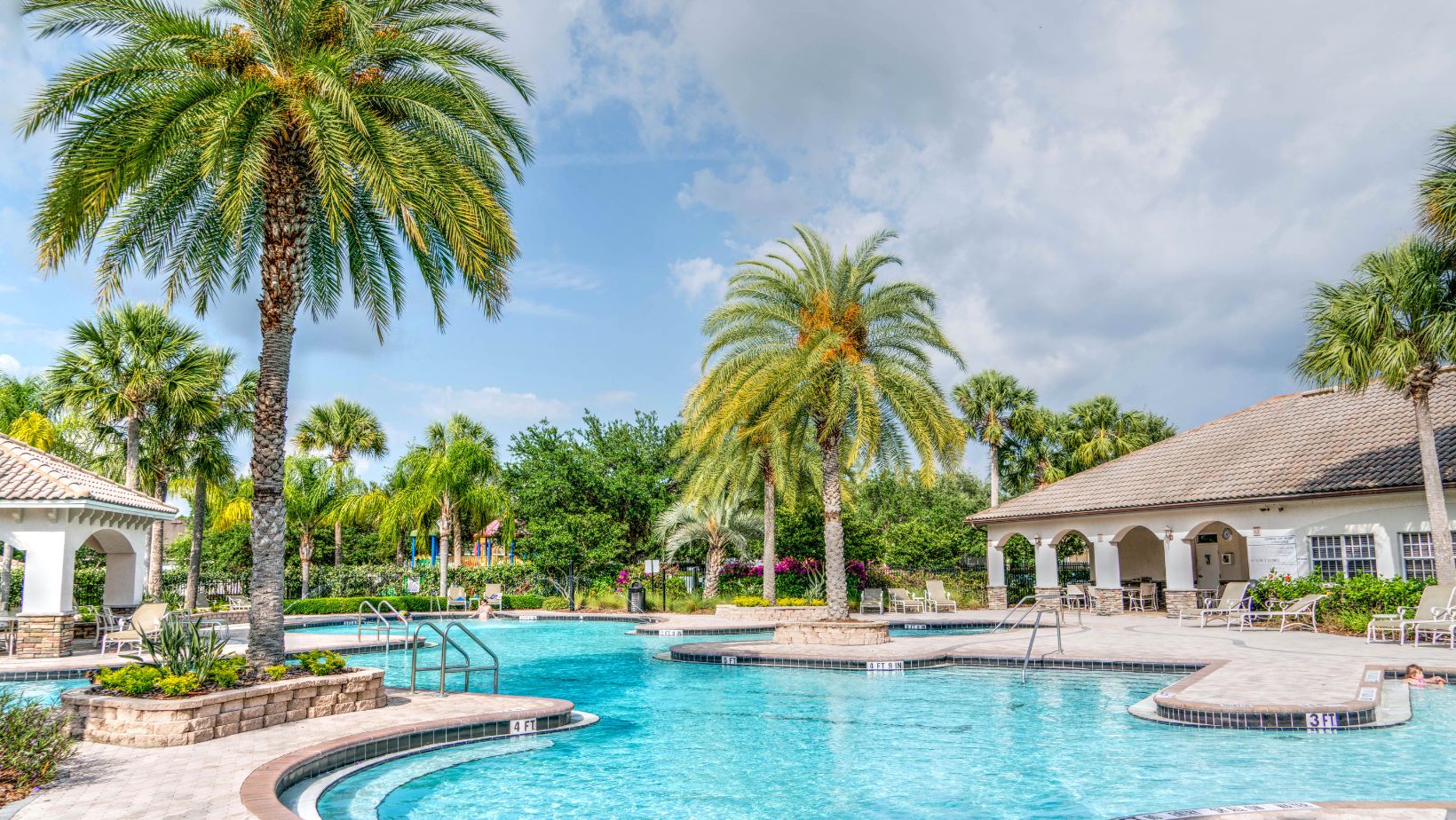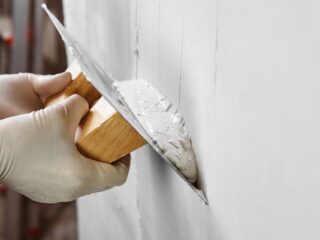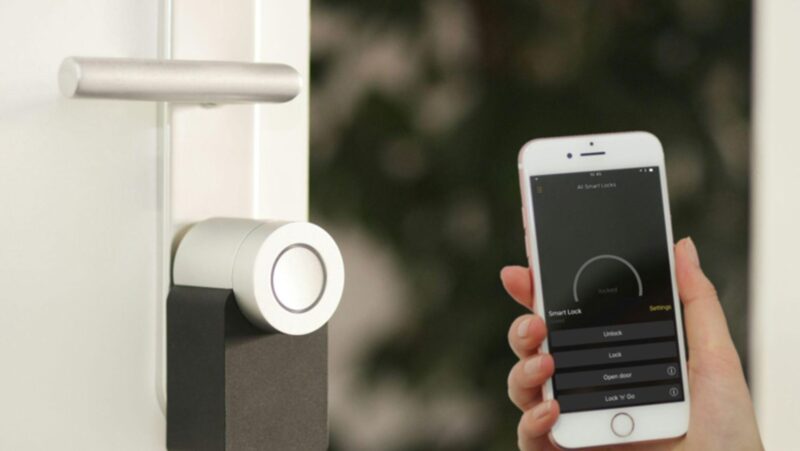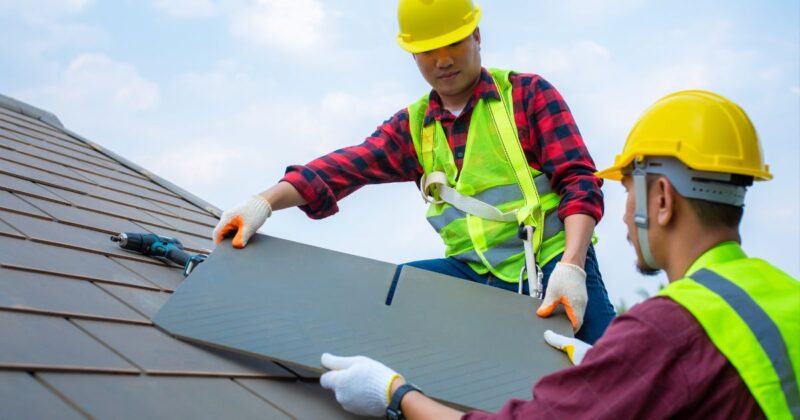
Swimming pools are not just functional additions to your property; they’re also aesthetic features that can enhance the beauty and value of your home. Over time, however, wear and tear can take a toll on your pool’s appearance and functionality. Consider resurfacing if your pool shows signs of age, such as cracks, stains, or rough surfaces. Fiberglass resurfacing is a popular and durable option that can transform your pool, giving it a fresh new look and extending its lifespan. In this comprehensive guide, we’ll explore everything you need to know about fiberglass resurfacing, from its benefits and installation process to maintenance tips and cost considerations.
Understanding Fiberglass Resurfacing
Fibreglass Pool Resurfacing involves applying a layer of fiberglass material over the existing surface of your pool. This process creates a smooth and durable finish that enhances the appearance of your pool and improves its structural integrity. Fiberglass is known for its strength, durability, and resistance to chemicals and UV rays, making it an ideal choice for pool resurfacing.
Benefits of Fiberglass Resurfacing
There are several benefits to choosing fiberglass resurfacing for your pool. Firstly, fiberglass is highly durable and low maintenance, requiring minimal upkeep compared to other resurfacing materials. Fiberglass provides a smooth and non-porous surface that is resistant to stains, algae growth, and water damage. Fiberglass resurfacing also offers a wide range of design options, allowing you to customize the look of your pool with various colors, patterns, and textures.
Enhanced Structural Integrity
One key benefit of fiberglass resurfacing is its ability to enhance the structural integrity of your pool. The fiberglass material forms a strong and seamless layer over the existing surface, reinforcing weak or damaged areas and adding strength and stability. This can help prevent future cracks, leaks, and other structural issues, prolonging the lifespan of your pool and reducing the need for costly repairs.
The Fiberglass Resurfacing Process
Inspection and Preparation
Before beginning the resurfacing process, your pool will be inspected to assess its condition and identify any needed repairs. This may include patching cracks, repairing structural damage, and addressing any drainage issues. Once any necessary repairs have been completed, the pool’s surface will be thoroughly cleaned and prepared for the application of the fiberglass material.
Application of Fiberglass
The next step is the application of the fiberglass material. This involves spraying or rolling on multiple layers of fiberglass resin and reinforcing fabric to create a strong and seamless surface.

The fiberglass material is carefully applied to ensure even coverage and smooth out any imperfections in the existing surface. Once the fiberglass has cured, the surface is sanded and polished to achieve a smooth and uniform finish.
Quick Installation Process
Fiberglass resurfacing typically has a faster installation process than other pool resurfacing options. Applying the fiberglass material can usually be completed within a few days, minimizing disruption to your daily routine and allowing you to enjoy your newly resurfaced pool sooner. This makes fiberglass resurfacing an attractive option for homeowners looking for a quick and convenient way to upgrade their pool.
Maintaining Your Fiberglass Resurfaced Pool
Maintaining a fiberglass resurfaced pool is relatively straightforward and requires regular cleaning and maintenance. To keep your pool looking its best, it’s important to regularly clean the surface to remove dirt, debris, and algae buildup. Use a soft-bristle brush or pool vacuum to clean the surface and regularly skim the water to remove leaves and other floating particles. Additionally, it’s essential to maintain the proper pH balance and water chemistry to prevent staining, corrosion, and other damage to the pool surface. Test the water regularly and adjust the pH and chemical levels as needed to keep the water balanced and free from contaminants.
Regular Cleaning
Maintaining a fiberglass resurfaced pool is relatively easy and requires minimal upkeep. Regular cleaning is essential to prevent dirt, debris, and algae from accumulating on the surface of the pool. Use a soft-bristle brush or pool vacuum to remove any debris, and regularly skim the surface of the water to remove leaves and other floating particles.
pH Balance and Water Chemistry
Maintaining the proper pH balance and water chemistry is crucial for preserving the integrity of your fiberglass resurfaced pool. Test the water regularly and adjust the pH and chemical levels as needed to keep the water balanced and free from contaminants. Proper water chemistry will help prevent staining, corrosion, and other issues that can damage the surface of your pool.
Avoiding Abrasive Cleaning Products
When cleaning your fiberglass resurfaced pool, avoid using abrasive cleaning products or tools that could scratch or damage the surface. Instead, use gentle cleaning solutions and soft cloths or brushes to remove dirt and stains.

Avoid using metal brushes or abrasive pads, as these can cause scratches and abrasions that mar the appearance of your pool.
Cost Considerations and Return on Investment
When considering fiberglass resurfacing for your pool, it’s essential to factor in the cost and potential return on investment.
Cost of Fiberglass Resurfacing
The cost of fiberglass resurfacing can vary depending on factors such as the size and condition of your pool, the complexity of the installation process, and any additional features or upgrades you choose to include. On average, fiberglass resurfacing can cost anywhere from $5,000 to $15,000 or more, depending on the scope of the project.
Long-Term Value and Savings
While fiberglass resurfacing represents a significant upfront investment, it can provide long-term value and savings over time. Fiberglass is highly durable and resistant to damage, reducing the need for frequent repairs and maintenance compared to other resurfacing materials. Additionally, the smooth and non-porous surface of fiberglass makes it easier to clean and maintain, saving you time and effort in the long run.
Conclusion
Fiberglass resurfacing offers a durable, low-maintenance, and aesthetically pleasing solution for rejuvenating your pool and enhancing your outdoor space. From its durability and ease of maintenance to its customizable design options and long-term value, fiberglass resurfacing is an excellent investment for homeowners looking to upgrade their pool and create a beautiful and functional outdoor oasis. By understanding the benefits, installation process, maintenance requirements, and cost considerations of fiberglass resurfacing, you can make an informed decision and enjoy years of swimming in style.












